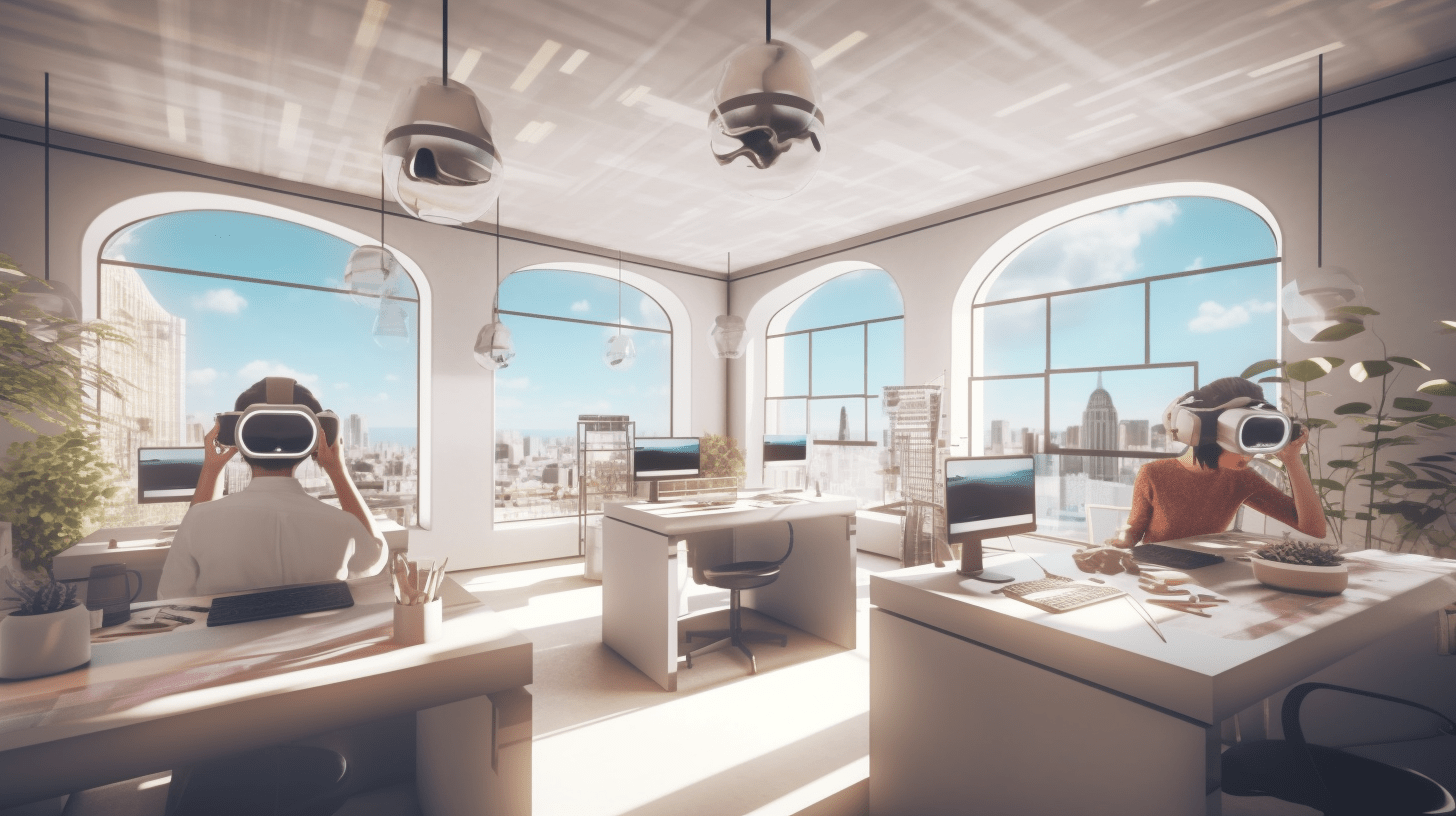The epidemic has been a startlingly innovative force across the board in design engineering, from product design to new production advances. Surprisingly, many remote design teams have improved their productivity and creativity compared to their office-based counterparts. In an interview with Design News, Design Partners’ creative director Cormac O’Conaire discussed how virtual reality (VR) will mature as a design tool in the next years.
The continued development of the software and hardware provided by VR suppliers contributes in part to the improvement of VR as a design tool. The demands of working in a remote team account for yet another portion of it. Our team at Design Partners has built AR and VR experiences throughout the years for a variety of purposes, from gaming to healthcare, but over the
We have been testing VR’s potential in the design process for the past nine months, O’Conaire told Design News. We can already see how VR has the potential to significantly alter the way that the design sector operates.
The mannequin from Gravity Sketch was used to optimize the posture of the body, and the ideal future controller was designed around it.
There is some art that says the same thing to everybody. WE need something like that. What that is, I don’t know. But virtual reality may be the key to it
A Mix of Surgeons and Gamers
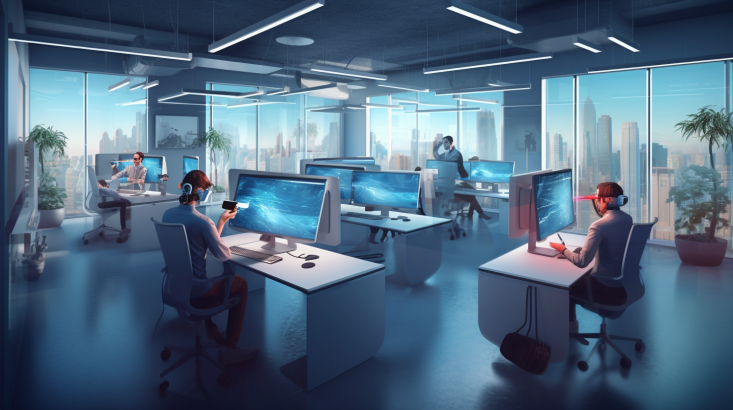
With advancements in VR technology, surgeons and gamers can now have their weirdly identical demands met. The design of products can also make use of that technology.
According to O’Conaire, “surgeons and gamers share certain crucial attributes, including an awareness of precision and accuracy, visual-spatial skills, depth perception ability, and absolute immersion in a task.
“VR was used to research the ergonomics and human factors of existing solutions in a three-dimensional environment using a simulation of the human body.
The ideal future controller was then constructed around that human form once the body’s posture had been improved using Gravity Sketch’s mannequin.
The ability to simulate in the virtual environment makes the technology suitable for design.
“Whether it’s a hospital room, the outdoors, or the view We may experience the client journey in the virtual world for which we are developing by simulating the context from a crane, according to O’Conaire.
Developing VR Remotely
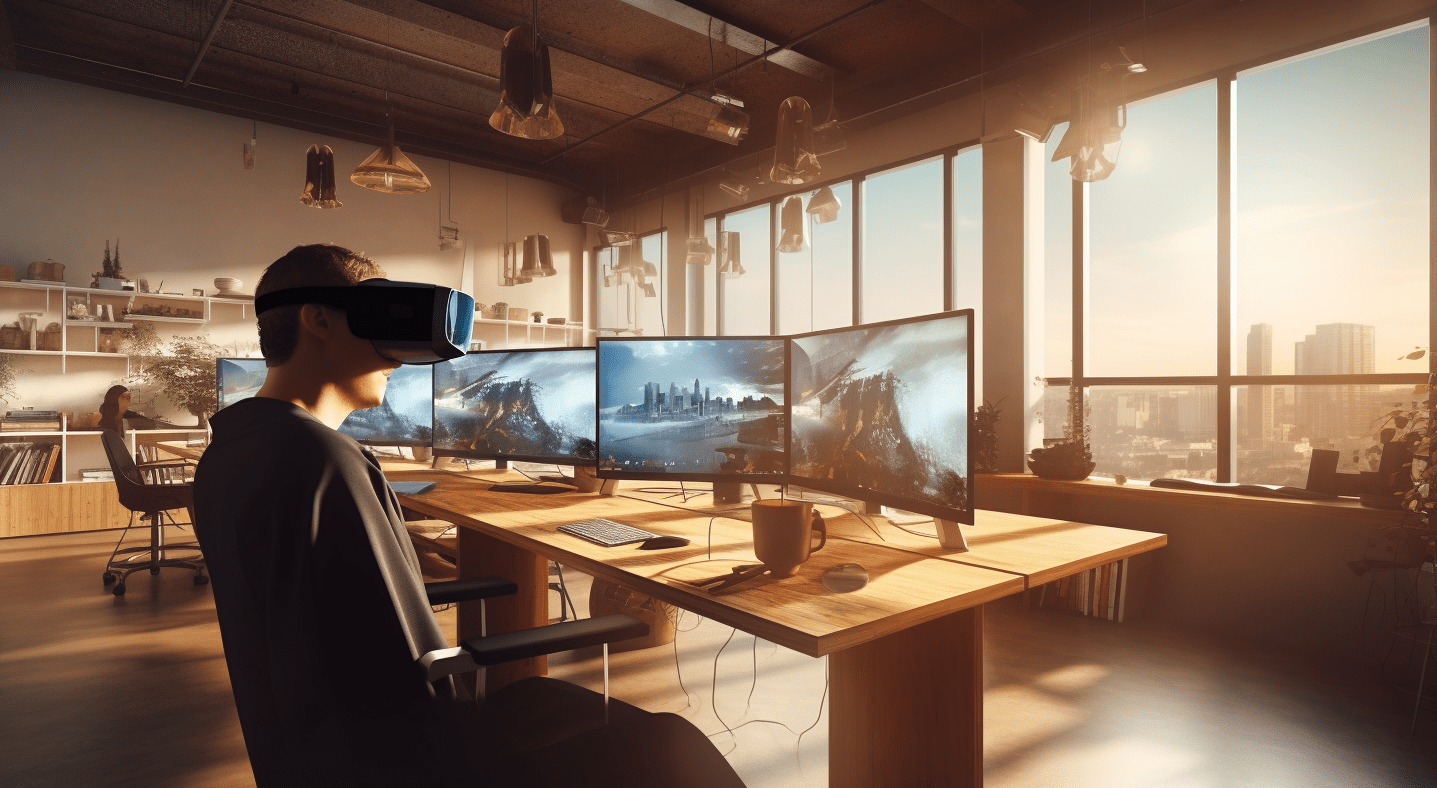
The remote teams component of the pandemic has led to so many improbable innovations in 2020 that will last beyond the lockdown.
“Design teams will always choose tools that boost both creativity and productivity, enhancing their capacity for rapid innovation. Up until recently, virtual reality (VR) was a fresh creative tool, according to O’Conaire.
“Programs like Flyingshapes and Gravity Draw, as well as hardware companies like Oculus and Logitech, who are developing in the field, are the catalysts for this transformation. Then, due to the global epidemic, remote work was required of creative teams.
No matter where on earth the team members are located, VR technology may be a shared environment like CAD was before it. The VR environment also outperforms Zoom. Instead of staring at Zoom’s rectangles, virtual reality enables remote collaboration amongst creative teams in a more organic way.
The laid-back atmosphere that VR generates in a meeting space is an unexpected perk, according to O’Conaire.
You can work in your own space within the virtual environment, or you can observe someone else’s products and cognitive processes. This is both invigorating and liberated in these COVID times. It creates an engaging, cordial, and cooperative atmosphere.
Similar to cutting-edge CAD, VR concepts can be evaluated before being implemented in real life.
“You can easily sketch things up in VR instead of creating large-scale concepts, items, or environments—which is expensive and time-consuming,” added O’Conaire. Workflows and ergonomics can both be designed and validated at the same time
Emotions – Happiness, anger, jealousy… is the mind experiencing “presence” in our holographic existence
The VR Hardware's Highs and Lows
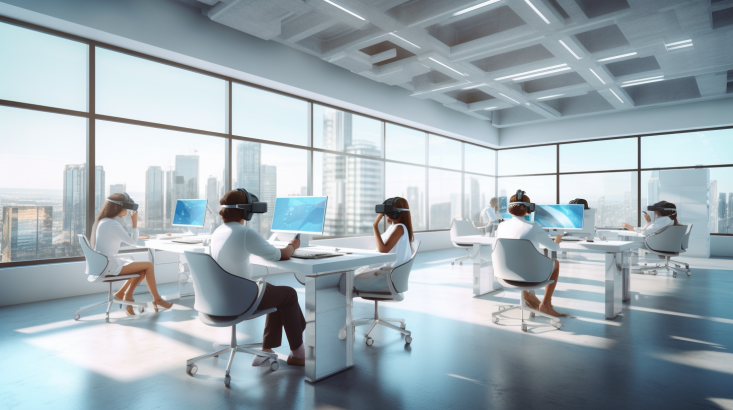
O’Conaire pointed out that the development of VR gear is slow. Despite the amazing recent advancements, the hardware still needs to expand. “VR hardware is still falling short for us despite the enormous promise it has.
Although the newest Oculus Quest 2 is moving in the right direction, O’Conaire remarked that the headsets are still excessively big and heavy, which hinders the creative process.
Also, the default VR controllers aren’t quite easy enough to get started right away. There is a necessary but unnatural learning curve.
The design process is somewhat hampered by the lack of hardware advancements, but those that have been made have been beneficial. “Hardware advancements have simplified the design process in several cases.
Since lockdown began, I’ve been using the VR Ink Pilot Edition and have discovered that it transforms weird and unfamiliar encounters into a more normal experience,” stated O’Conaire.
“The pen translates well-known design concepts, such as pen and paper, into the virtual realm. This shortens the learning curve for the VR program and makes it easier to get into the design flow.
Using Logitech’s approach, moving from 2D sketching to 3D creation is simple. The VR Ink pen in Logitech’s Flyingshapes’ magic is that it enables 2D sketching on a flat surface.
Designers are accustomed to doing this, but conventional controllers cannot, according to O’Conaire. You can design in 2D on a physical surface, then transfer that design into 3D.”
